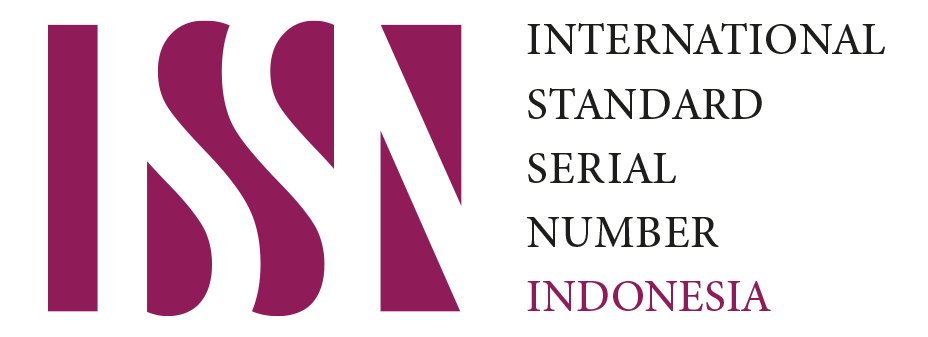ANALISIS POTENSI WISATA DAN PARTISIPASI MASYARAKAT UNTUK ARAHAN PENGEMBANGAN DESA WISATA PURBOSARI KECAMATAN NGADIREJO KABUPATEN TEMANGGUNG TAHUN 2023
DOI:
https://doi.org/10.20961/ijed.v3i1.1060Keywords:
Directions for Tourism Development, Tourist, SAST, Society participationAbstract
Tourism is currently not only concentrated in big cities, but has spread to rural areas due to its dynamic growth. This is a form of accelerating village development which aims to encourage social, cultural and economic change in rural areas. Therefore, each region or village must look at the potential of its region to be improved in order to produce added value benefits and high productivity. This research aims to determine tourism potential, community participation, and appropriate development directions for the Purbosari Tourism Village, Ngadirejo District, Temanggung Regency. Measuring tourism potential using the scoring method, community participation using the Arnstein participation ladder with the Miles-Huberman interactive model, and determining the direction of tourism village development using the SAST method. The analysis technique used is descriptive qualitative using a case study approach. The results of this research show that the Purbosari Tourism Village has three types of tourism potential levels, namely low, medium and high. Community participation in Purbosari Village has a low level of participation/non-participation with the therapy/therapy participation category for the planning and implementation stages and a moderate level of participation/tokenism with the placement/placation participation category for the monitoring and evaluation stages. The SAST method produces 20 stakeholder assumptions for the direction of developing tourist villages in quadrants II, III and IV.
References
Arnstein, SR. 1969. A Leadder of Citizen Participation. Journal of the American Planning Association, 35(4).
Daulay, Asnelly Ridha. (2020). Strategic Assumptions for The Success of Coal Mining Reclamation to be A Tourism Site; A Case Study in Rantau Pandan Village of Bungo Regency. Jurnal Ilmu Lingkungan, 18(2), 253–260. https://doi.org/10.14710/jil.18.2.253-260
Dwyer, L., & Kim, C. (2003). Destination competitiveness: Determinants and indicators. Current Issues in Tourism, 6(5), 369–414. https://doi.org/10.1080/13683500308667962
Kaynak Erdener., & Marandu, E. E. (2016). Tourism Market Potential Analysis In Botswana: A Delphi study. Journal of Travel Research, 45(2), 227–237. https://doi.org/10.1177/0047287506291595
Kholil, dkk. (2020). Sustainable Tourism Development Using Soft System Methodology (SSM): A Case Study in Padang Panjang Regency West Sumatra, Indonesia. Arts and Social Studies Research Vol. 1. https://doi.org/10.9734/bpi/assr/v1
Milani, L., Rosyani, R., & ... (2021). Metode Strategic Asumption Surfacing And Testing (SAST) Dalam Upaya Peningkatan Pengelolaan Lingkungan Sektor Perhotelan Di Kota Jambi. Jurnal 4(2), 1–10.
Prabowo, Akhmad Indra. (2016). Arahan Pengembangan Kawasan Pariwisata Di Kecamatan Tegaldlimo, Kabupaten Banyuwangi. Thesis. Surabaya: Institut Teknologi Sepuluh Nopember. https://repository.its.ac.id/1487/
Putra, A. P., Amalia, F. R., & Utami, S. W. (2018). Community Based Tourism di Desa Sumber Arum Kecamatan Songgon Banyuwangi. Journal University of Jember, 2, 478–491. https://jurnal.unej.ac.id/index.php/prosiding/article/download/9206/6162
Downloads
Published
Issue
Section
License
Copyright (c) 2024 Indonesian Journal of Environment and Disaster

This work is licensed under a Creative Commons Attribution 4.0 International License.






